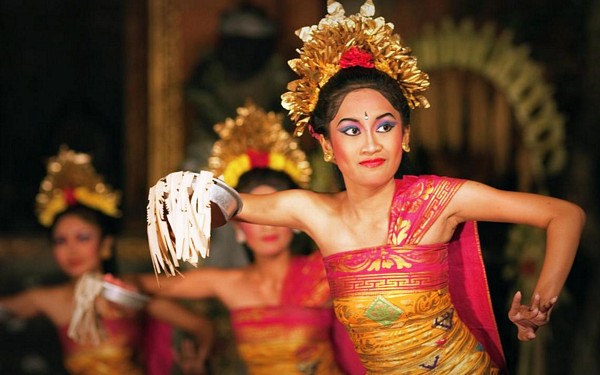
The Indonesian archipelago is a incredible blend of exceptional cultures, adventure experiences, and indigenous wildlife that goes way beyond the much-explored realms of Bali. There is no better way to step off the tourist trail and have a assortment of holiday stories that no one else will than with a trip through these 17,000 islands
Indonesia: At a Glance
 Capital: Jakarta
Capital: Jakarta- Currency: IDR/Rupiah (12,000 Indonesian Rupiah is about USD 1.05)
- Population: 244.47 Million
- Language: Indonesian
- National Flower: Moon Orchid, Jasminum Sambac, Rafflesia Arnoldii
- GDP (PPP) Per Capita: USD 4,977
- Official Tourism Website: http://www.indonesia.travel/
- Wikitravel Travel Guide: http://wikitravel.org/en/Indonesia
Experience the Best Attractions of Indonesia
 Get Your Cocoa On: ‘Monggo’ is Javanese for ‘please, go ahead’ and when you taste these scrumptious Indonesian chocolates, you will definitely want to go ahead and eat them by the handful. If Willy Wonka lived outside our heads, we are sure that these scrumptious, dark, locally made treats would be his trademark. Leave room in your bag for them!
Get Your Cocoa On: ‘Monggo’ is Javanese for ‘please, go ahead’ and when you taste these scrumptious Indonesian chocolates, you will definitely want to go ahead and eat them by the handful. If Willy Wonka lived outside our heads, we are sure that these scrumptious, dark, locally made treats would be his trademark. Leave room in your bag for them! Dive into the Deep: Far away and remote, the sparkling clear emerald green waters of the Gill Islands off Lombok are stunning, and diving heaven. Get your scuba gear on—there are hawksbill and Olive Ridley turtles, manta rays, reef sharks, lionfish and many funny looking parrotfish to rub fins with swimming amid all the colorful coral.
Dive into the Deep: Far away and remote, the sparkling clear emerald green waters of the Gill Islands off Lombok are stunning, and diving heaven. Get your scuba gear on—there are hawksbill and Olive Ridley turtles, manta rays, reef sharks, lionfish and many funny looking parrotfish to rub fins with swimming amid all the colorful coral. Truly In-spired: Huge temples in rice fields seem to be South East Asia’s thing, and, just like Angkor War, Borobudur is spectacular in itself. An enigmatic Buddhist temple complex rising out of too-green-to-be-true rice paddies, surrounded by volcanic peaks reaching for the skies, it looks like it arrived at the beginning of time. There are monasteries around at which visitors are welcome; you can even join the monks in the prayer chanting.
Truly In-spired: Huge temples in rice fields seem to be South East Asia’s thing, and, just like Angkor War, Borobudur is spectacular in itself. An enigmatic Buddhist temple complex rising out of too-green-to-be-true rice paddies, surrounded by volcanic peaks reaching for the skies, it looks like it arrived at the beginning of time. There are monasteries around at which visitors are welcome; you can even join the monks in the prayer chanting. Tail Tales: Watch out for forked, snake-like tongues on Komodo Island, notable because its home to the world’s largest lizard, the unique and badass Komodo dragon. The largest island in Komodo National Park, surrounded by pink shores and red coral, it is also where you can trek and walk through rural fishing villages on stilts.
Tail Tales: Watch out for forked, snake-like tongues on Komodo Island, notable because its home to the world’s largest lizard, the unique and badass Komodo dragon. The largest island in Komodo National Park, surrounded by pink shores and red coral, it is also where you can trek and walk through rural fishing villages on stilts. Shop Your Way through Seminyak: Glitzy Seminyak, home to galleries, local Balinese boutiques, restaurants and excellent hotels lining the beaches, is a whole other world. Go window-shopping on Abhimanyu Street, famous for its exclusive boutiques.
Shop Your Way through Seminyak: Glitzy Seminyak, home to galleries, local Balinese boutiques, restaurants and excellent hotels lining the beaches, is a whole other world. Go window-shopping on Abhimanyu Street, famous for its exclusive boutiques. Misty Mountaintops: Climb up the smoky volcanic hills of Berastagi, where it is always cool and green. Gunung Sibayak and Gunung Sinabung each take a day to hike, and are very easy to get to.
Misty Mountaintops: Climb up the smoky volcanic hills of Berastagi, where it is always cool and green. Gunung Sibayak and Gunung Sinabung each take a day to hike, and are very easy to get to. Art it Up: As you saw in Eat, Pray, Love was very real— Ubud is serene, impossibly green, and full of art and character. Spend your days soaking in the culture, browsing through local artisans’ shops and whiling the afternoons away in a cafe.
Art it Up: As you saw in Eat, Pray, Love was very real— Ubud is serene, impossibly green, and full of art and character. Spend your days soaking in the culture, browsing through local artisans’ shops and whiling the afternoons away in a cafe. Eat Your Heart Out: If you will come back missing something, all bets are on the food. Indonesian cuisine is mouth-watering, colorful and for lack of a better word, delicious. Snack on lightly spiced nasi goreng topped with a fried egg for breakfast, lap up fiery curries and banana-wrapped fish, and enjoy that staple, spicy chili-flavored sambal.
Eat Your Heart Out: If you will come back missing something, all bets are on the food. Indonesian cuisine is mouth-watering, colorful and for lack of a better word, delicious. Snack on lightly spiced nasi goreng topped with a fried egg for breakfast, lap up fiery curries and banana-wrapped fish, and enjoy that staple, spicy chili-flavored sambal. Go Local: Just east of Bali, the islands of Nusa Tenggara are diverse. Discover native animistic rituals and long-running tribal traditions that co-exist alongside Islamic Lombok and Catholic Bores.
Go Local: Just east of Bali, the islands of Nusa Tenggara are diverse. Discover native animistic rituals and long-running tribal traditions that co-exist alongside Islamic Lombok and Catholic Bores. Of Coffee and Rhinos: Java has a fair bit going for it. Surrounded by the aquamarine waters of the Indian Ocean, there are temples, tropical islands, and brilliant surf breaks. Glug down some of that world famous Javan coffee, and go looking for the Javan rhino, one of the rarest mammals in the world.
Of Coffee and Rhinos: Java has a fair bit going for it. Surrounded by the aquamarine waters of the Indian Ocean, there are temples, tropical islands, and brilliant surf breaks. Glug down some of that world famous Javan coffee, and go looking for the Javan rhino, one of the rarest mammals in the world.

 Trivia Question: What was unusual about the
Trivia Question: What was unusual about the 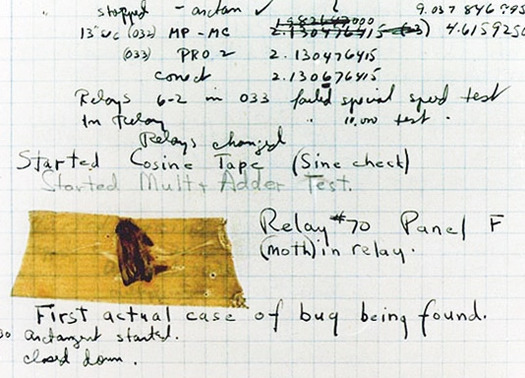 Trivia Question: What insect was the term “
Trivia Question: What insect was the term “ Trivia Question: What was the input device aboard the
Trivia Question: What was the input device aboard the  Trivia Question: Do the “
Trivia Question: Do the “ Trivia Question: What is Microsoft’s longest-lived
Trivia Question: What is Microsoft’s longest-lived 


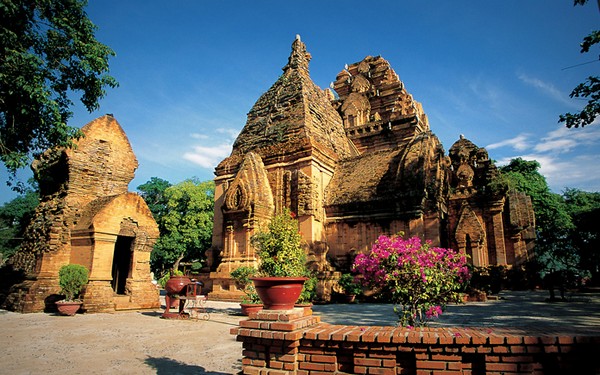
 Capital:
Capital:  Time Travel: A trip to
Time Travel: A trip to  Easy Riders: Go back to a simpler time with a visit to
Easy Riders: Go back to a simpler time with a visit to  Market Days: Get a taste of modern-day Vietnamese life with a cruise down the River Mekong to the
Market Days: Get a taste of modern-day Vietnamese life with a cruise down the River Mekong to the  A Flash of Color: Once the home of Vietnamese prisoners, the pristine beauty of the
A Flash of Color: Once the home of Vietnamese prisoners, the pristine beauty of the  Tunnel Vision: No matter how much you may have read about it, nothing prepares you for the maze of tunnels that run under
Tunnel Vision: No matter how much you may have read about it, nothing prepares you for the maze of tunnels that run under  Hue Calling: Once the capital of the
Hue Calling: Once the capital of the  Lessons Learned: For an introduction to Vietnam’s history, a visit to the
Lessons Learned: For an introduction to Vietnam’s history, a visit to the  Water Ways: While you are in Hanoi, go for a
Water Ways: While you are in Hanoi, go for a  Meat Feast:
Meat Feast:  Dune Deal: Look out across the desert-like horizon and you will wonder if you are in the Sahara. The
Dune Deal: Look out across the desert-like horizon and you will wonder if you are in the Sahara. The 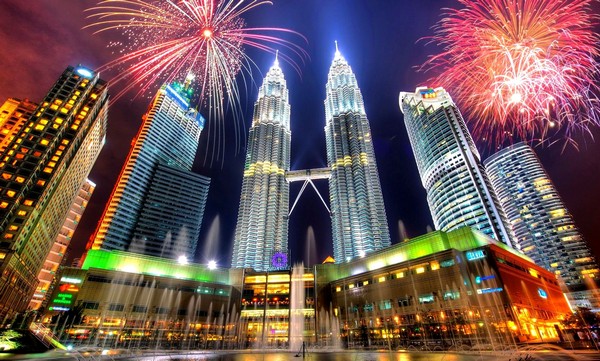
 Capital:
Capital:  Luxury in Langkawi: If you are looking for a lazy, luxuriant vacation with lots of sun, sea and sand, head to
Luxury in Langkawi: If you are looking for a lazy, luxuriant vacation with lots of sun, sea and sand, head to  Hippie Hideaway: Lying off the northeast coast of peninsular Malaysia,
Hippie Hideaway: Lying off the northeast coast of peninsular Malaysia,  Picture-perfect Tioman: Used as a backdrop in the
Picture-perfect Tioman: Used as a backdrop in the  Place to Indulge: A little indulgence is in order on every holiday and you cannot get better than
Place to Indulge: A little indulgence is in order on every holiday and you cannot get better than  Underwater Art: Rising 600 meters from the seabed and formed by living corals growing on an extinct volcano over thousands of years,
Underwater Art: Rising 600 meters from the seabed and formed by living corals growing on an extinct volcano over thousands of years,  Food & Fusion in Penang: A unique mixture of east and west and deliciously flavorful cuisine makes
Food & Fusion in Penang: A unique mixture of east and west and deliciously flavorful cuisine makes  White Sands: Forming a marine park of nine islands off the eastern peninsular Malaysian state of
White Sands: Forming a marine park of nine islands off the eastern peninsular Malaysian state of  Island Getaway: If you are looking for a few days away from the cities,
Island Getaway: If you are looking for a few days away from the cities,  No Kidding About: Give your little ones (and yourself) a special treat and pencil in some time for the very cool Legoland that is opened in Johor. Your day will go by before you know it! The resort opened on 15-Sep-2012 with over 40 interactive rides, shows and attractions.
No Kidding About: Give your little ones (and yourself) a special treat and pencil in some time for the very cool Legoland that is opened in Johor. Your day will go by before you know it! The resort opened on 15-Sep-2012 with over 40 interactive rides, shows and attractions. Going Sour: A sour fish soup,
Going Sour: A sour fish soup, 
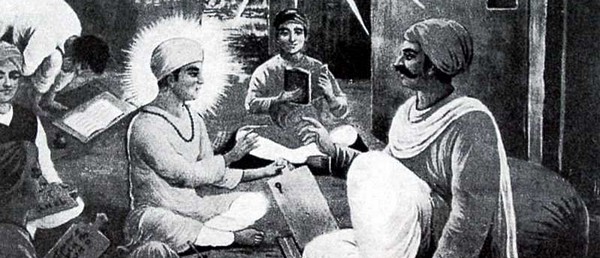
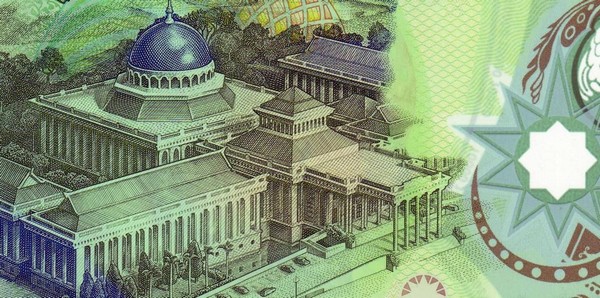
 Capital:
Capital:  Heavenly Beauty: With a dome made of pure gold, imported marble from Italy and a man-made lagoon, the
Heavenly Beauty: With a dome made of pure gold, imported marble from Italy and a man-made lagoon, the  Dive Right In: Some of the best diving sites in the world are located off
Dive Right In: Some of the best diving sites in the world are located off 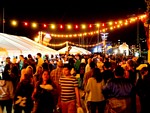 Midnight Feast: You are on holiday; you should be able to eat anytime you feel like it. Indulge those annoying nighttime hunger pangs at the
Midnight Feast: You are on holiday; you should be able to eat anytime you feel like it. Indulge those annoying nighttime hunger pangs at the 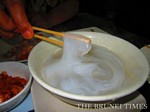 Eat What?:
Eat What?: 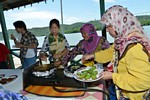 Get Bucolic: Go back in time and discover the roots of Brunei, its time-honored traditions and rituals showcased through a homestay in a Bruneian village. The residents of
Get Bucolic: Go back in time and discover the roots of Brunei, its time-honored traditions and rituals showcased through a homestay in a Bruneian village. The residents of 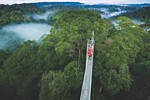 Early Bird: Get yourself out of bed early for a sunrise safari through the
Early Bird: Get yourself out of bed early for a sunrise safari through the 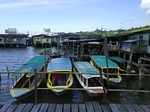 Life on the Water at Kampong Ayer: The pulse of Brunei’s capital, Bandar Seri Begawan,
Life on the Water at Kampong Ayer: The pulse of Brunei’s capital, Bandar Seri Begawan,  Wealth of Art: The
Wealth of Art: The 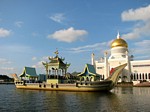 Meet the Royals: The end of Ramadan heralds the festival of
Meet the Royals: The end of Ramadan heralds the festival of  Live among the Stars: The
Live among the Stars: The